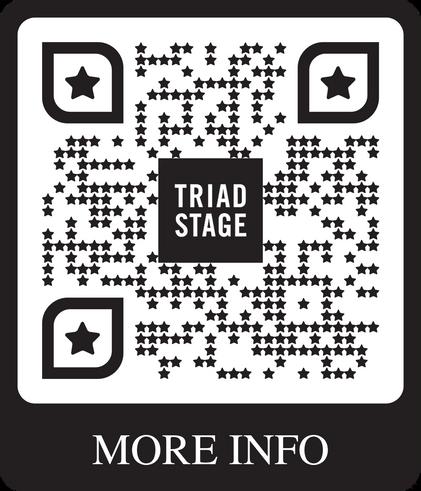
3 minute read
Greensboro City Council approves plan for $6.6 million to combat homelessness, lack of affordable housing
by Gale Melcher
During Greensboro’s city council meeting on Tuesday, the city approved a plan that will allow the city to spend $6.6 million to combat homelessness and a lack of affordable housing.
Advertisement
As a part of the American Rescue Plan Act of 2021, the Department of Housing and Urban Development allocated $4.925 billion in funds to communities throughout the country to address homelessness and support communities who are extremely low-income or very low-income and at risk of becoming homeless.
Funds can also be used to assist populations who are fleeing or attempting to flee domestic violence situations, as well as other populations where providing supportive services or assistance would prevent the family’s homelessness or would help serve those who are at greater risk of homelessness, such as veterans or families that include a veteran.
The city of Greensboro, which was awarded $6,601,747, must spend the funds by Sept. 30, 2030.
As a condition of receiving the funds, the city is required to analyze the needs and gaps related to homelessness and supportive housing in the community and create a plan as to how they will spend the funds. The development of this plan has been in the works for the past several months, and the plans to be submitted to HUD were presented on Tuesday night to council The plan was subsequently approved 8-0 by council with Councilperson Goldie Wells absent from the vote.
To pinpoint the areas of need, the city used the 2023 Draft Guilford County Gaps Analysis and the 2022 Point-In-Time Count — a data collection of persons experiencing sheltered or unsheltered homelessness on one night — as well as the Housing Inventory Count which is a count of the available shelter beds and supportive housing units.
Caitlin Bowers, the city’s neighborhood investment manager, said that the city also got anecdotal feedback from community stakeholders such as Cone Health Hospital, Family Services of the Piedmont, Greensboro Housing Authority and the Interactive Resource Center to make their assessments. The feedback included comments from unhoused persons in the community, and Housing and Neighborhood Development hosted an all-day community collaborative event on Dec. 5 which included discussions and interviews with persons with lived experience.
After conducting extensive research, the city will be investing $2,500,000 into supportive services, $2,300,000 into affordable rental housing, $1,471,660 into tenant-based rental assistance, and $330,087 into administration and planning.
Activities that will be eligible to receive funding from HOME-ARP will be the production or preservation of affordable housing, tenant-based rental assistance. Other eligible services include supportive services, homeless prevention services, and housing counseling, as well as the purchase and development of non-congregate shelter.
The 19-page report by the city includes a breadth of data that led to the breakdown of services. According to the 2022 Point-in-Time Count, there were 426 individuals who were experiencing homelessness in Greensboro, though the report notes that the number is “likely an undercount.”
The city’s PIT Count trends also showed an average of 102 unsheltered persons without children, “demonstrating a consistent need for permanent affordable housing for unsheltered residents. Additional available units would allow Rapid Re-Housing (RRH) programs to more efficiently leverage existing resources, coordinate services, and effectively house residents in permanent housing.”
To combat the issue of homelessness, the city includes the need for per manent affordable housing in Greensboro. According to the city’s GSO, a 10-year plan for affordable housing released in 2020, there is a 3,700 gap in available units for households under $20,000 and a 4,100 gap for households under $30,000.
“If current trends continue, in 10 years the affordability gap will almost tri ple for all households earning less than $30,000,” the report states. “This gap is largely driven by substantial loss of affordable units due to rising rents.”
Given that lack of affordable units, the 2023 Guilford County Gaps Analy sis recommends to “increase investments in permanent housing.”
In August 2022, Rent.com published a report that listed Greensboro as the top city in the country with the biggest increase in rent for one-bedroom apartments over the previous year. The study looked at the 100 largest cities in the country based on U.S. Census Bureau population estimates. Accord ing to the report, Greensboro topped the list with a 74.2 percent increase for one-bedroom apartment rent. One other North Carolina city — Raleigh — made the top ten, coming in fifth with a 42.1 percent increase.
“Anything will help with housing,” said Mayor Pro-Tem Yvonne Johnson at the Tuesday city council meeting. “We need it.”
The deadline to submit the plan is March 31. Once HUD approves the city’s plan, the funding will be awarded to the city. The timeline for approval was not listed on the HUD site or in city documents.









